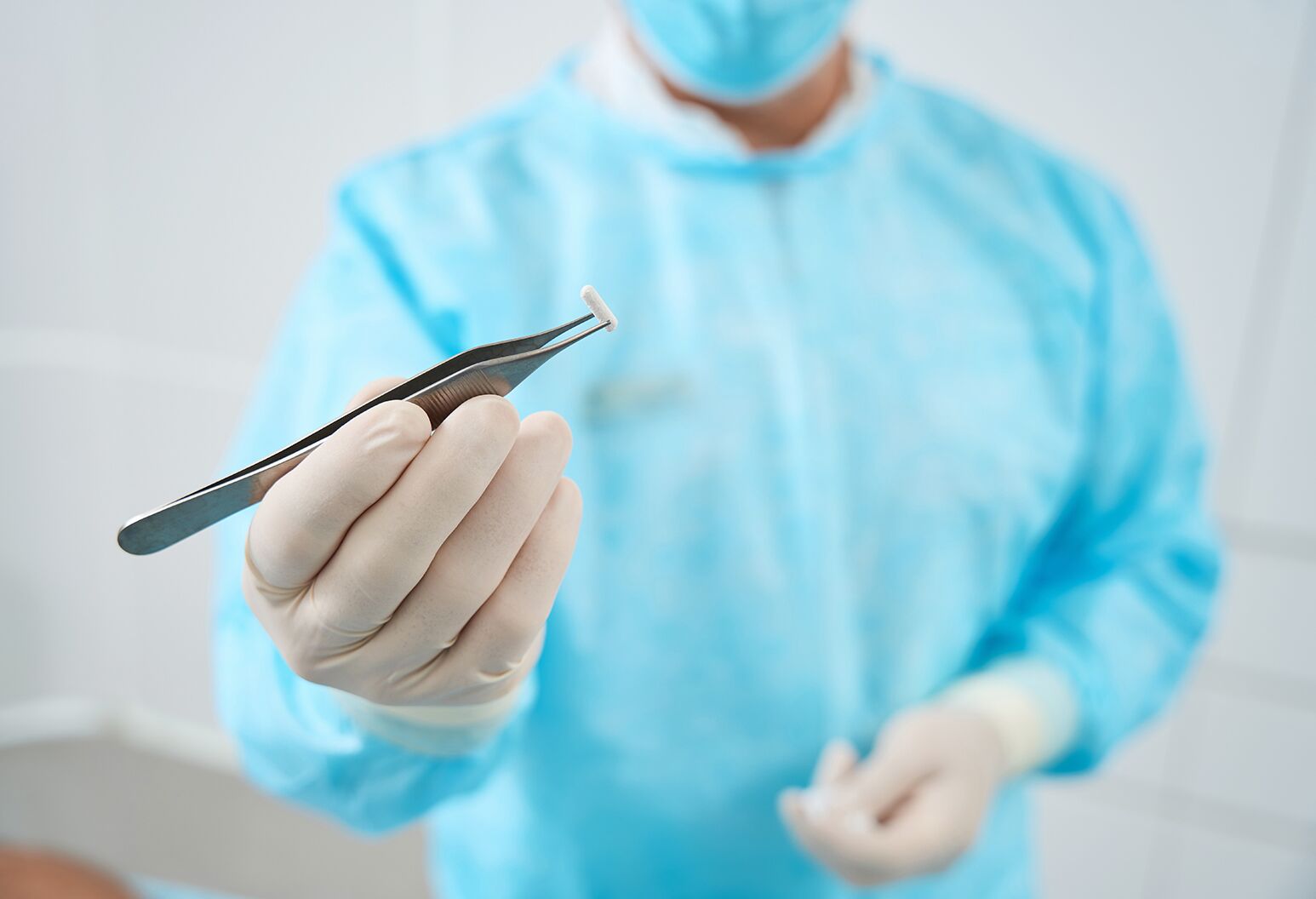women's health
What Is Perimenopause?

The implant-driven hormone approach isn’t new, but it’s still a pretty novel way to navigate menopause.
4 min read
“You have to get the pellets,” my doctor said, leaning forward, a look of great seriousness coming through the laptop screen during our telehealth session. “They will change your life.”
What magical pellets was she speaking of? “Jack and the Beanstalk’s” magical legumes? No, she was talking about testosterone pellets, which are about the size of a grain of rice.
This is just one kind of bioidentical hormone therapy (BHT)—a type of hormone replacement therapy (HRT)—that’s gaining popularity for women as they navigate the sometimes debilitating, sometimes ignored symptoms of perimenopause, menopause, and post-menopause.
Emotional and physical changes come on as a woman ages, and the ovaries gradually lose function. As hormone levels fluctuate, many women experience symptoms such as fatigue, depression, lower libido, and low motivation, as well as weight gain and mood changes.
Hormone replacement therapy (HRT)—doled out via pills, creams, patches, and gels—works to replenish the hormone supply to reduce these symptoms.
By providing your email address, you agree to receive email communication from The Well.
“Its popularity has waxed and waned,” explains Aren Hovie Skolnick, DO, a Northwell Health physician specializing in endocrinology and internal medicine. “Many years ago, it was thought that all post-menopausal women should be on estrogen-replacement therapy, and it was offered more frequently by endocrinologists and primary care doctors.”
Over time, however, it was shown that estrogen and progesterone hormone therapy could potentially increase the risk of cardiovascular disease and other conditions. “That scared a lot of people against it,” adds Skolnick. Now, however, “the pendulum is swinging back towards considering the use of hormone replacement therapy in a subset of patients who aren’t so predisposed to those potential risks. I think it depends on the symptoms.”
Although it’s been around for as many as 50 years, you might not be as familiar with BHT. While HRT uses synthetic hormones to treat symptoms related to menopause, BHT is made of plant sources that are chemically similar to the hormones your body naturally produces.
Some forms of BHT are made by drug companies, while others are customized by a pharmacist based on a health care provider’s prescription. Like HRT, BHT is available in various doses and forms, including pills, creams, gels, sprays, vaginal inserts, and pellets.
Hormone pellets are implants about the size of a grain of rice that are inserted under the skin and release bioidentical hormones into the body.
“The benefit of pellets is obviously that once they’re in, you don’t have to think about giving yourself a pill every day or putting on a patch every week,” says Skolnick. “It kind of alleviates the medication burden and it’s a nice slow absorption. It could last up to five or six months, slowly absorbing to give stability in levels.”
Implanting the pellets is a fairly simple process. “It’s a small incision in the upper buttocks or hip, and a device called a trochar pushes the pellets into the subcutaneous level of the skin, where they stay and get absorbed,” he explains. “You can’t see them. If you run a finger over the skin, you could feel them, but they’re generally undetectable.”
This process isn’t painful. “The only thing that causes discomfort is the lidocaine injection before the pellets,” he notes.
There are very few reports of negative side effects from the pellets in women and in men. “Sometimes there are localized skin infections, bruising, and soreness,” Skolnick says. “One or more pellets could come out and extrude through the incision, even weeks after they’ve been implanted. I’ve seen that a couple of times. But really the only side effect is if you over- or under-dose. It’s just important to come in frequently and have levels checked.”
Most of all, the key in determining the right path for any patient is “treating the patient as a person and not just a number,” Skolnick explains. “You need to look at how severe the symptoms are and figure out what application would best suit your needs.”
The Well is Northwell Health’s commitment to the future of health care. In this time of information overabundance, much of which is inaccurate, unhelpful, or even difficult to understand, Northwell Health is on a mission to make a difference as an honest, trusted, and caring partner. The site connects with consumers to provide them with personalized content that reduces their stress, makes them laugh, and ultimately feel more confident and capable on their healthcare journey.